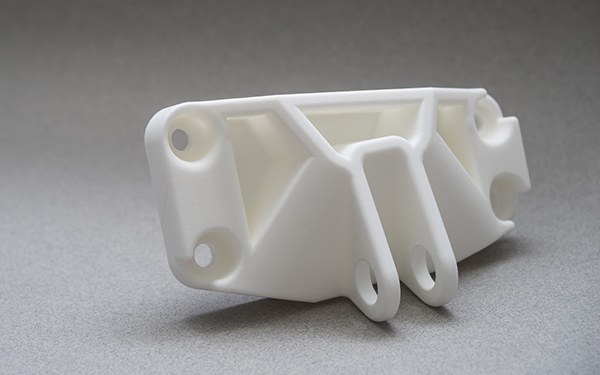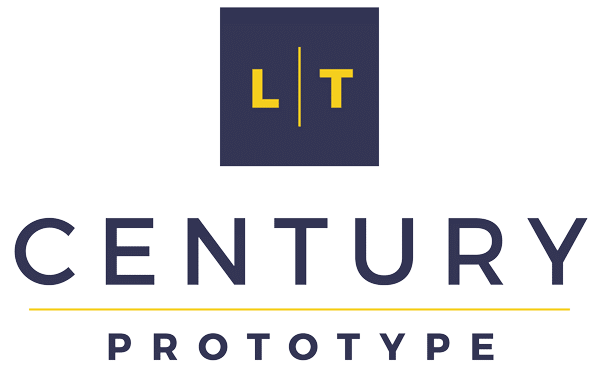When it comes to prototyping, many people only know about rapid prototyping which is the commonly used method to produce objects and parts. The word rapid is normally from the way it is made which is quick and doesn’t require any processes. There are however several prototyping methods that manufacturing companies can use depending on the material or product that has to be made. Machinery is also different for every prototyping type so you can always enjoy excellent outcomes if you get the best machines handling your tasks of production.

SLS service car parts*
Rapid Prototyping
This is popularly known as throwaway prototyping because it creates objects that don’t last for long. most of the materials created using this method are normally used for a short time before they get disposed of. It goes through a series of modifications, improvements, and rectifications to make it suitable for the intended role. Once the last design has been agreed upon, the prototype is then left alone to pave way for other designs to come into place. The designs don’t last for long since they are normally for small-scale production of items. Keep in mind that if you need the same design again, it will have to be remade.
Evolutionary Prototyping
This is a strange and very unique prototyping type because most people don’t require to give their requirements. The design follows a software design and no alterations can be accepted at any moment. This means even if you have additional features, it would require a complete change of the system for those changes to be accommodated. Once the software is designed with certain requirements, that is all, you cannot change or modify and it would require developmental coding alteration for the changes to be effected in the software.
Incremental Prototyping
If today you want to create a wonderful huge plastic board, it would be impossible to create all this at once. But what if you create small pieces, refine them separately, and combine them to form the large board that you need? That would be easier, quicker, and of excellent quality. For that reason, incremental prototyping is relevant for those who want to create large or numerous materials. When creating the largest boards, plastic surfaces and even hundreds of parts, this type of prototyping is always the one preferred. It eliminates mistakes thereby reducing wastage and preventing resource wastage.
Extreme Prototyping
This is a very top level that is commonly practiced in web development applications. It contains several layers including a presentation layer, services layer, and other kinds of structures to make it robust and outstanding. You always build or design, transform and code using the language that seems best for you.
Conclusion
Rapid prototyping takes many forms and the manufacturer decides which is the best one to use. Always make sure you have the best idea of the item you want to make so that you know the type of prototyping to use. If you want a permanent prototype, it would be good to have the extreme type because no one can copy it since codes are all different and secure.
Reference
*Image from https://www.newcoprotech.com/
